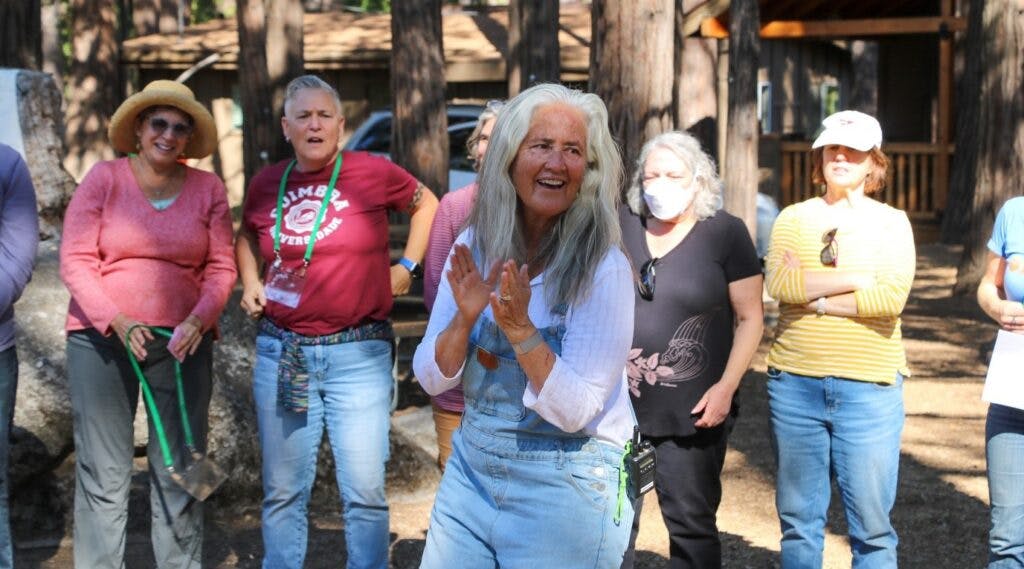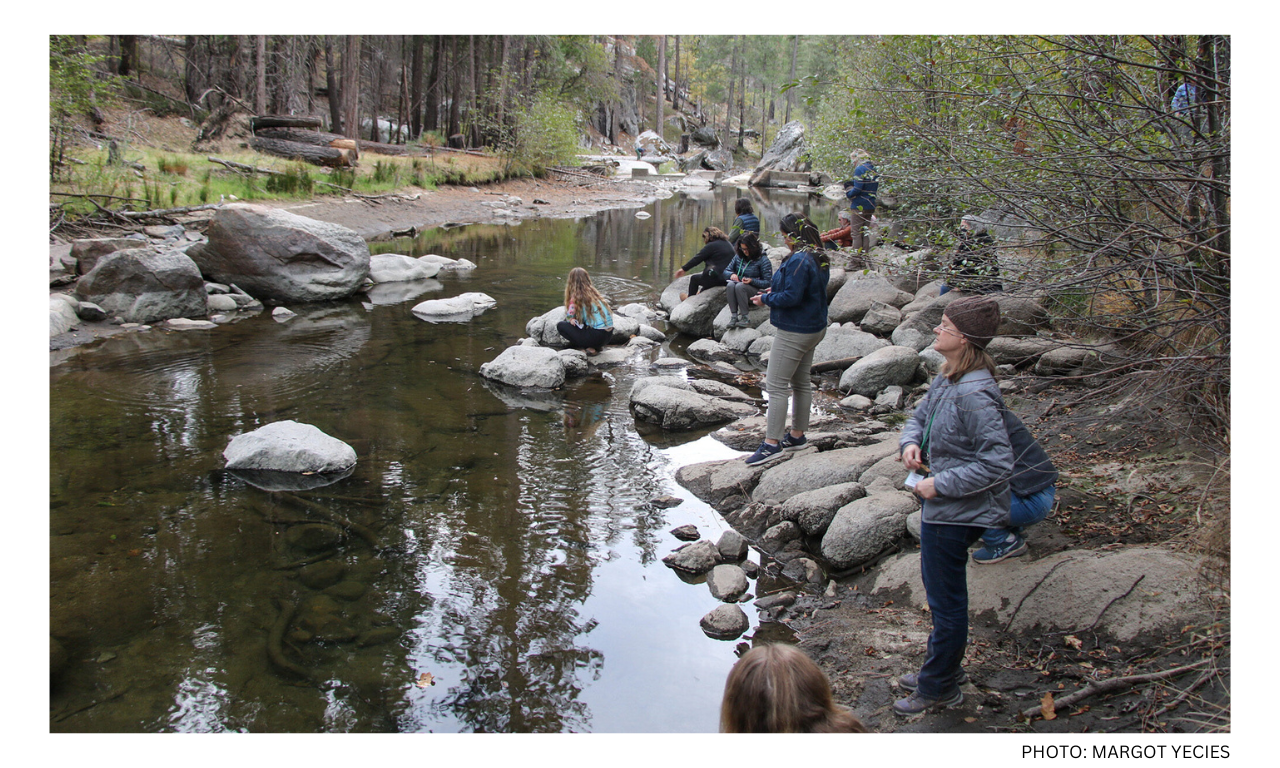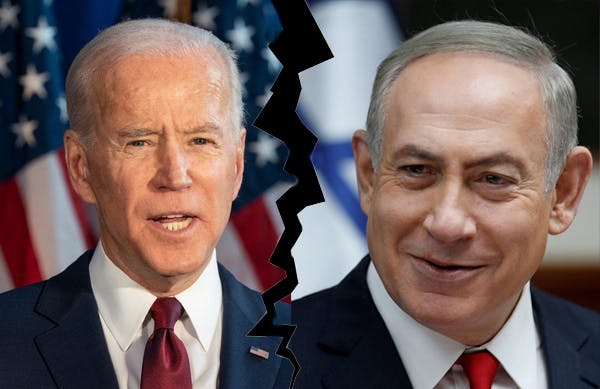Published: 15 November 2022
Last updated: 5 March 2024
Contemporary Jews are finding new meaning in rituals such as havdalah and tashlich as rites of passage after divorce.
For Lyssa Jaye, throwing the wood chips into the Tuolumne River felt in many ways familiar to the tashlich ritual performed on Rosh Hashanah. But rather than casting off her sins, she was tossing away feelings: shame, resentment, anger.
They were the emotions that had taken residence inside Jaye since her divorce eight years ago, along with a sense of failure. And she had come to a Jewish retreat to rid herself of them.
“I’ve been carrying around these feelings for years now,” Jaye said. “I have a completely different life now, and I needed to let them go.”
Jaye was taking part in Divorce & Discovery: A Jewish Healing Retreat, the first gathering in a series conceived by Rabbi Deborah Newbrun as part of her training, held this month at Camp Tawonga in the Bay Area, California.
From the moment participants arrived at Camp Tawonga, they knew this would be no ordinary Jewish retreat. At the opening event, all of the facilitators, several clergy members and a therapist shared their own divorce stories, “to set the standard and normalise vulnerability, transparent sharing and establish that we all know what it’s like to have a marriage end,” Newbrun said.

Jaye said she left no stone unturned in seeking out support, an experience Newbrun said she heard echoed by many participants. Jaye attended a retreat at a local meditation centre. She read self-help books. She joined a support group for divorcees. She went to therapy.
And while they all helped in different ways, none was specifically Jewish.
“I knew I needed some kind of spiritual way forward,” she said. “I needed to do this in my own language, with my own people.”
Even though the retreat came nearly a decade after Jaye’s divorce, “it was profound. It felt like coming home, and that this is what I needed all along. This model could be extremely powerful. The rituals we did could be taught in rabbinical schools or to Jewish educators so it’s not just ‘sign this get and goodbye,’” she said, referring to the Jewish divorce document.
Rather than create new rituals, Newbrun and her facilitators took familiar Jewish rituals and retooled them.
The tashlich ritual, led by Newbrun and Maggid Jhos Singer, had a call-and-response portion, and participants also could call out what they personally wanted to cast off. “One person ‘tashliched’ their wedding ring into the river and felt it was such a perfect place to let it go,” Newbrun said.
An optional immersion in the Tuolumne River followed. Jaye, who years ago went to the mikvah alone, with only the attendant there for support, said there was no comparison with how much more healing it felt performing the ritual in community.
A session on sitting shiva for one’s marriage, led by Rabbi Sue Reinhold, allowed participants to share and mourn the loss of what they missed most about being married. That resonated for Robyn Lieberman, who does not attend synagogue services but went to every session at the retreat on innovating Jewish rituals.
“I did need to mourn what I’m losing,” said Lieberman, who had been married to an Israeli. “We had a very public, open house around Jewish religion, and a constant Israeli identity, which fulfilled my Jewish needs.”
Rabbi Jennie Chabon of Congregation B’nai Tikvah in San Francisco’s Bay Area, reflected on how much time she has spent with couples preparing for their wedding day, both in premarital counselling and in planning the event, and on how many marriage-related topics are covered in rabbinical school.
“And when it comes to divorce? Nothing,” Chabon said. “We’re all out here on our own trying to figure out how to wander through it.”
She was tasked with creating a havdalah ceremony with a divorce theme, in which she reimagined the wine, spices and flame typically used to mark a division between Shabbat and the rest of the week.
“There’s a fire that burns within each of us, and that flame doesn’t go out,” said Chabon. “When you’re married for a long time, your identity, energy and spirit is so woven into that of another.” Her ritual was meant to affirm that “you are on fire just as you are, and you’re a blessing as an individual in the world. You don’t need a partnership or family to be whole.”
READ MORE
Jewish divorce retreat creates room to grieve and heal at Camp Tawonga (Jewish News of Northern California)
Photo: Participants in the Divorce and Discovery tashlich ritual (Margot Yecies)




